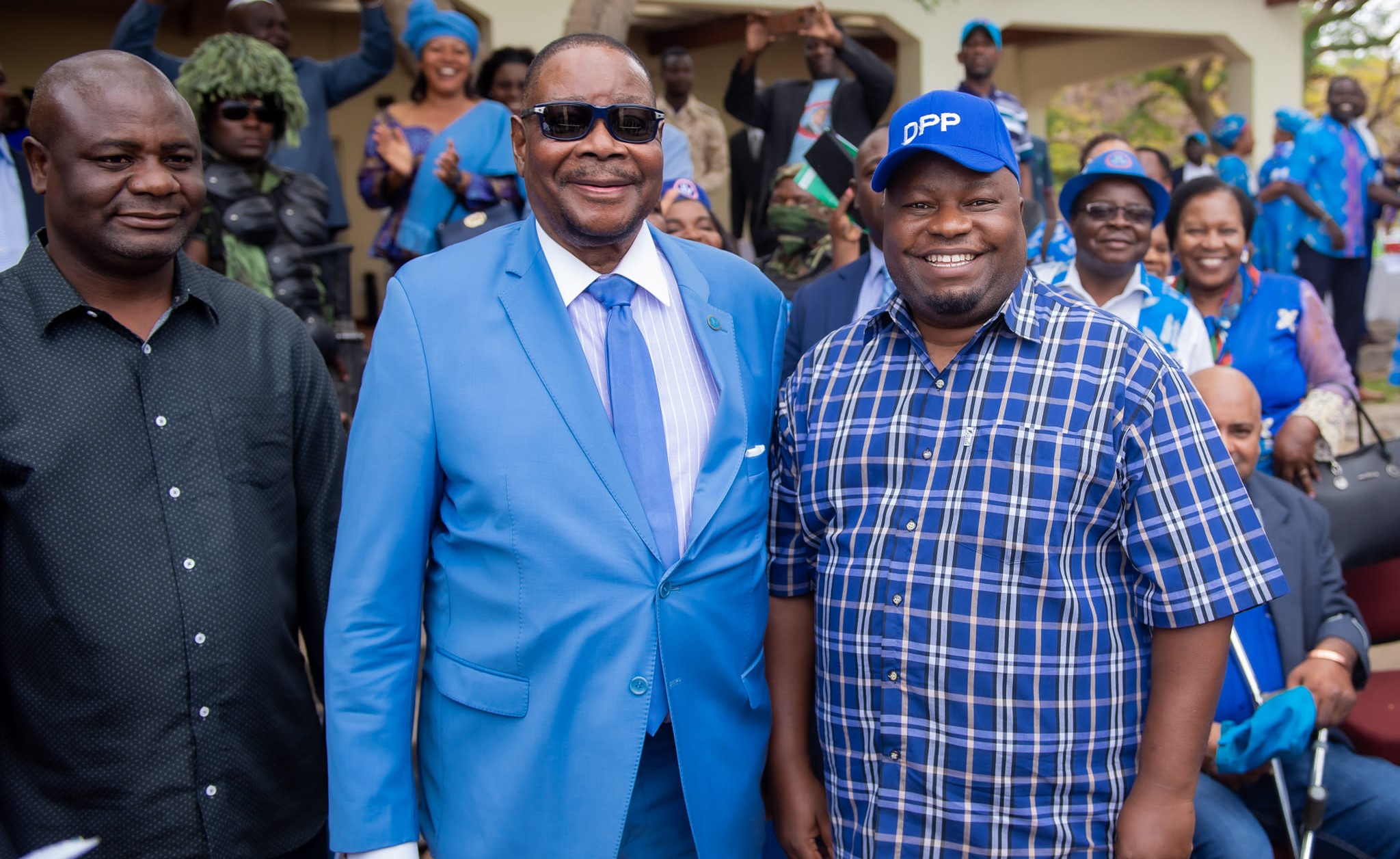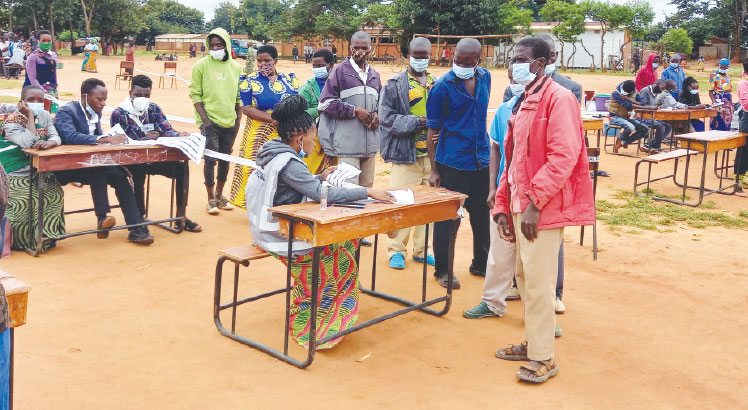Is Hoho, Mbang’ombe, Sorjini in the Budget?
As I wrote this article on Thursday, Minister of Finance and Economic Affairs Sosten Gwengwe was presenting the K3.87 trillion 2023/24 National Budget. The question my mind was wrestling with as he dutifully volunteered figures is how much of those sectorial allocations, would trickle down to the people of Hoho in Mzimba, Mbang’ombe in Lilongwe and Sorjini in Nsanje? Indeed what difference will the fiscal plan make to the lives of people in the rural areas?
Would the financial plan themed ‘Sacrificing Today for a Better Tomorrow’, give hope to the19.7 million Malawians? Who would be its main beneficiaries? Or would it be the same as last year’s or the years gone by—with good plans on paper but nothing really going down to the micro-level? What safeguards are in place to protect the resources?
What usually counts as development in most rural areas in Malawi is people’s access to basic necessities such as safe water supply, health care services, educational facilities and resources, road networks, food security and safety net programmes and electricity.
If we take the last three years, for example, what have people of Hoho benefitted from the national budget? On food security, on average a paltry five out of18 households have been receiving AIP materials. This year, the number thankfully doubled. Beneficiaries received both NPK for basal dressing and Urea for top dressing. Thanks to the individual efforts of the member of Parliament for Mzimba South, Emmanuel Chambulanyina Jere. He personally ensured his constituents don’t miss out on the cheap fertilizer programme. Barring any unforeseen eventualities such as draught this year, Hoho is where people will be flocking to for their food needs.
But the water supply system has been the same for so many years. Many people use boreholes drilled 10 or 20 years ago. No new borehole has been sunk in the area during the past three years. A few villages are also connected to a gravity-fed water supply system set up in the 80s. During the dry season the taps dry out. Many people still draw water from open wells which they share with cattle and goats.
Hoho Health Centre, serving a population of about 7 000 is manned by one medical assistant, two nurses and two pharmacy interns. When there is an emergency such as a complicated maternity case, if relatives cannot afford to hire a vehicle, they have to wait for an ambulance to come all the way from Mzimba District Hospital, over 80 kilometers away. This is obviously a far cry from safe motherhood.
During the past six years, not a single student has been selected to a district or national secondary school or to a public university from Hoho LEA or the community day secondary, respectively. This reflects the poor quality of education at the two institutions.
For two years since 2017, the Malawi Rural Electrification Project (Marep) was connecting communities around Hoho up to Dwambazi Holding Ground to the national grid. But the project, under Marep Phase Nine, ground to a screeching halt in 2019. No new unit has been connected since.
In most rural areas government programmes aimed at empowering the people economically such as the National Economic Empowerment Fund (Neef) don’t exist. Only a few, mostly those in the public sector, have been benefitting from the programme. People in the rural areas—who are among the poorest in the country—only hear about Neef.
There are many Hohos in Malawi. And my expectation—and I am sure that of many others, from Nsanje to Chitipa—is that the 2023/24 fiscal plan which is more robust than last year’s in absolute terms, will have something for them at the micro level. Hopefully Neef which in the 2022/23 budget had a mouthwatering budget of K45 billion will come to their doorsteps. Marep, which was switched off in 2019, will light their houses and power their businesses. More households will enter the AIP register. Hopefully the budget will also have something for boreholes to improve supply of safe water to the rural communities.
The Health Centres will be more adequately resourced in terms of personnel and drugs. The schools will be better resourced to send pupils to national secondary schools and public universities.
Without all such components, the 2023/24 financial plan will be but an empty document.



